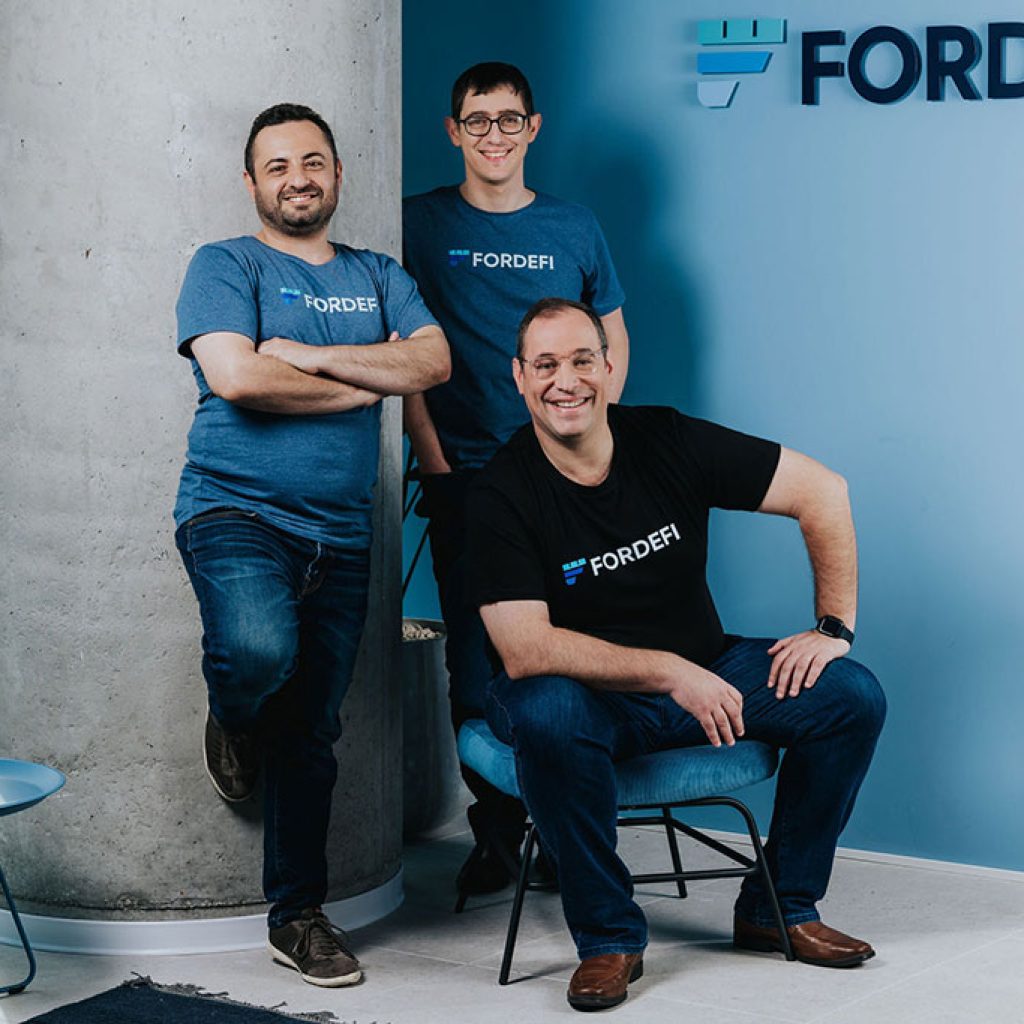
Vitalik Buterin is laying out how the Ethereum (ETH) ecosystem can embrace both decentralization and cooperation without compromising either.
In a new blog post, the Ethereum creator argues that the ecosystem’s strength comes from the wide range of people and organizations working on it.
“The primary challenge is making sure that all these projects are, collectively, building something that feels like one Ethereum ecosystem, and not 138 incompatible fiefdoms.
To solve this challenge, many people throughout the Ethereum ecosystem have brought up the concept of ‘Ethereum alignment.’ This can include values alignment (eg. be open source, minimize centralization, support public goods), technological alignment (eg. work with ecosystem-wide standards), and economic alignment (eg. use ETH as a token where possible). However, the concept has historically been poorly defined, and this creates risk of social layer capture: if alignment means having the right friends, then ‘alignment’ as a concept has failed.”
Buterin then lays out some concepts he thinks make “alignment” more legible and easier to define. The first is a commitment to being open source.
“This is valuable for two reasons: (i) code being inspectable to ensure security, and more importantly (ii) reducing the risk of proprietary lockin and enabling permissionless third-party improvements. Not every piece of every application needs to be fully open source, but core infrastructure components that the ecosystem depends on absolutely should be. The gold standard here is the FSF free software definition and OSI open source definition.”
He also wants members of the Ethereum ecosystem to build on open standards and strive for interoperability.
“If you want to introduce a new feature that is not well-served by existing standards, write a new ERC in collaboration with others. Applications and wallets can be rated by which ERCs they are compatible with.”
Buterin also mentions decentralization and security, arguing that ecosystem builders should avoid points of trust and censorship vulnerabilities.
“The natural metrics are (i) the walkaway test: if your team and servers disappear tomorrow, will your application still be usable, and (ii) the insider attack test: if your team itself tries to attack the system, how much will break, and how much harm could you do? An important formalization is the L2beat rollup stages.”
Lastly, he argues that ecosystem projects should be “positive-sum,” both towards the Ethereum community and the world at large.
“Ethereum is here to make the world a more free and open place, enable new forms of ownership and collaboration, and contribute positively to important challenges facing humanity. Does your project do this? Examples include applications that bring sustainable value to broader audiences (eg. financial inclusion), % donations to beyond-Ethereum public goods, and building technology with utility beyond crypto (eg. funding mechanisms, general computer security) that actually gets used in those contexts.”
Don't Miss a Beat – Subscribe to get email alerts delivered directly to your inbox
Check Price Action
Follow us on X, Facebook and Telegram
Surf The Daily Hodl Mix

Disclaimer: Opinions expressed at The Daily Hodl are not investment advice. Investors should do their due diligence before making any high-risk investments in Bitcoin, cryptocurrency or digital assets. Please be advised that your transfers and trades are at your own risk, and any losses you may incur are your responsibility. The Daily Hodl does not recommend the buying or selling of any cryptocurrencies or digital assets, nor is The Daily Hodl an investment advisor. Please note that The Daily Hodl participates in affiliate marketing.
Generated Image: Midjourney
The post Vitalik Buterin Argues for Balancing Decentralization and Cooperation in Ethereum Ecosystem appeared first on The Daily Hodl.





